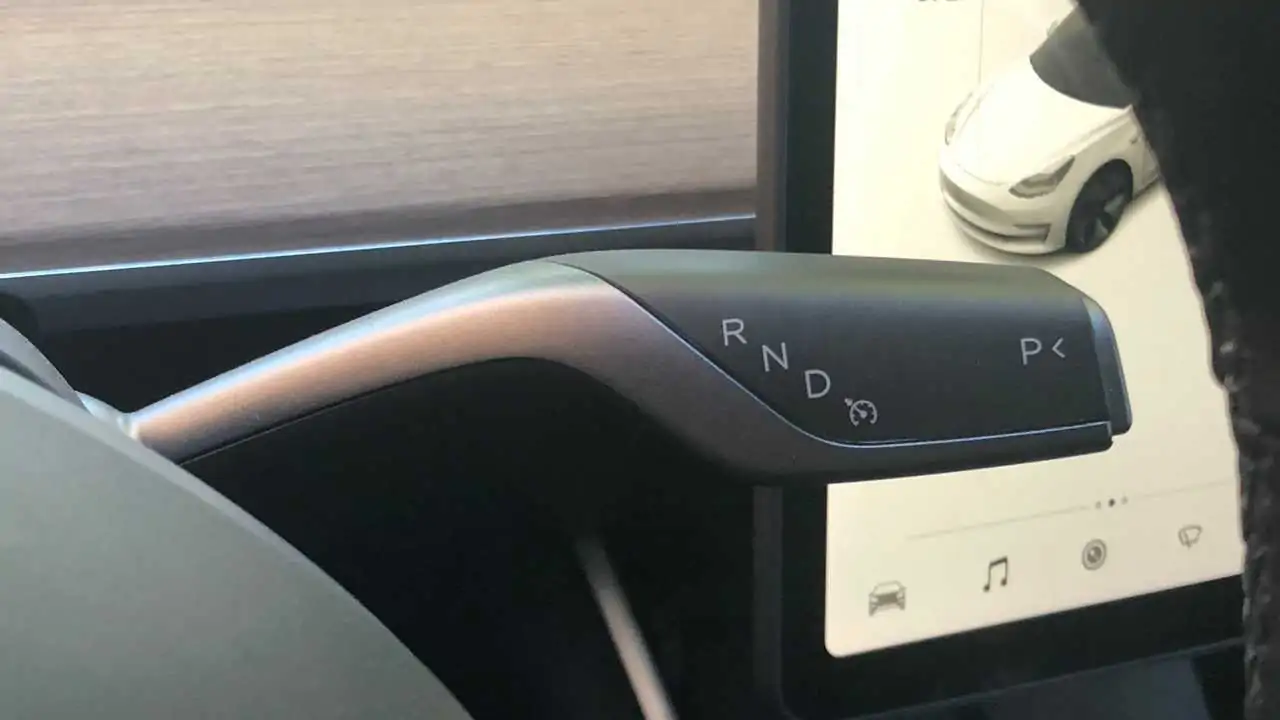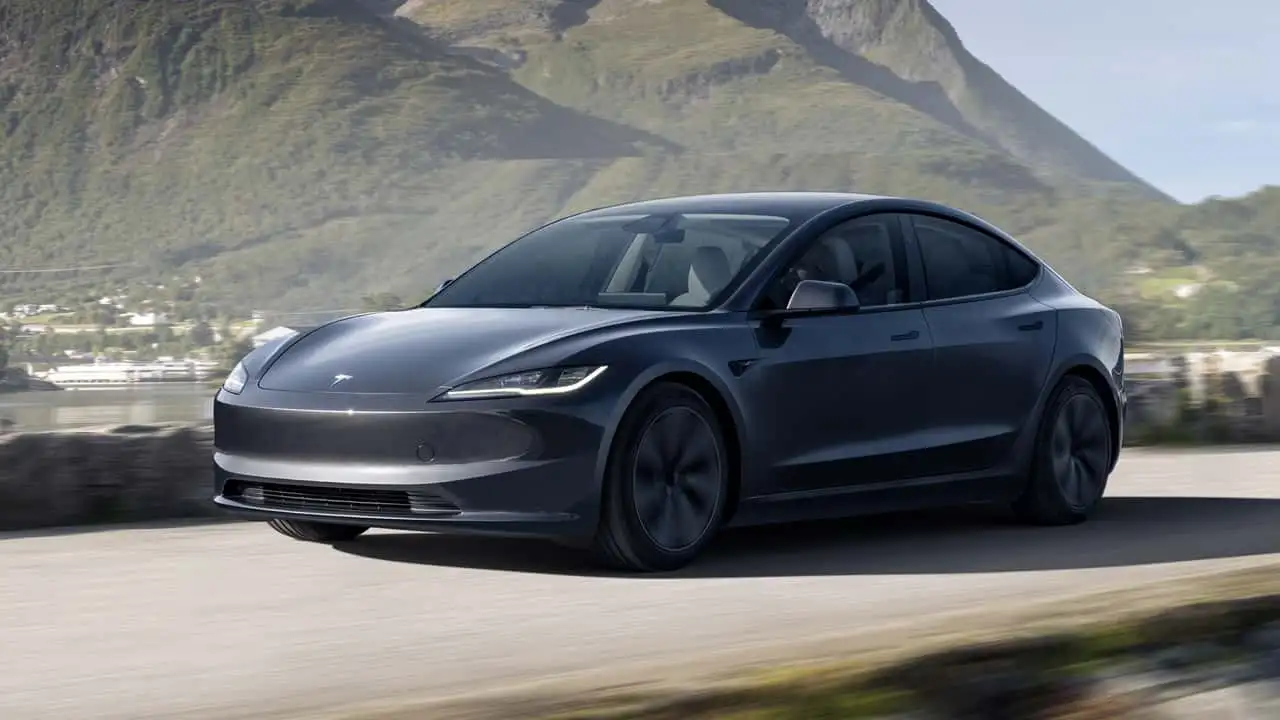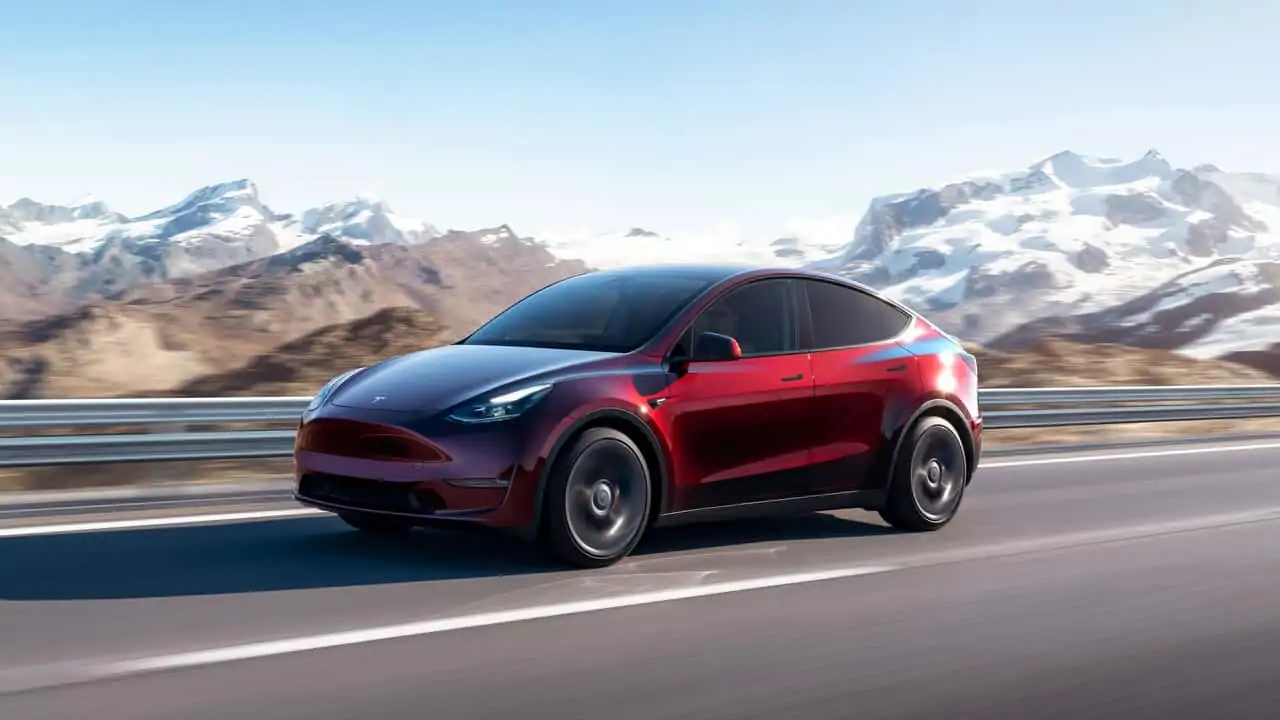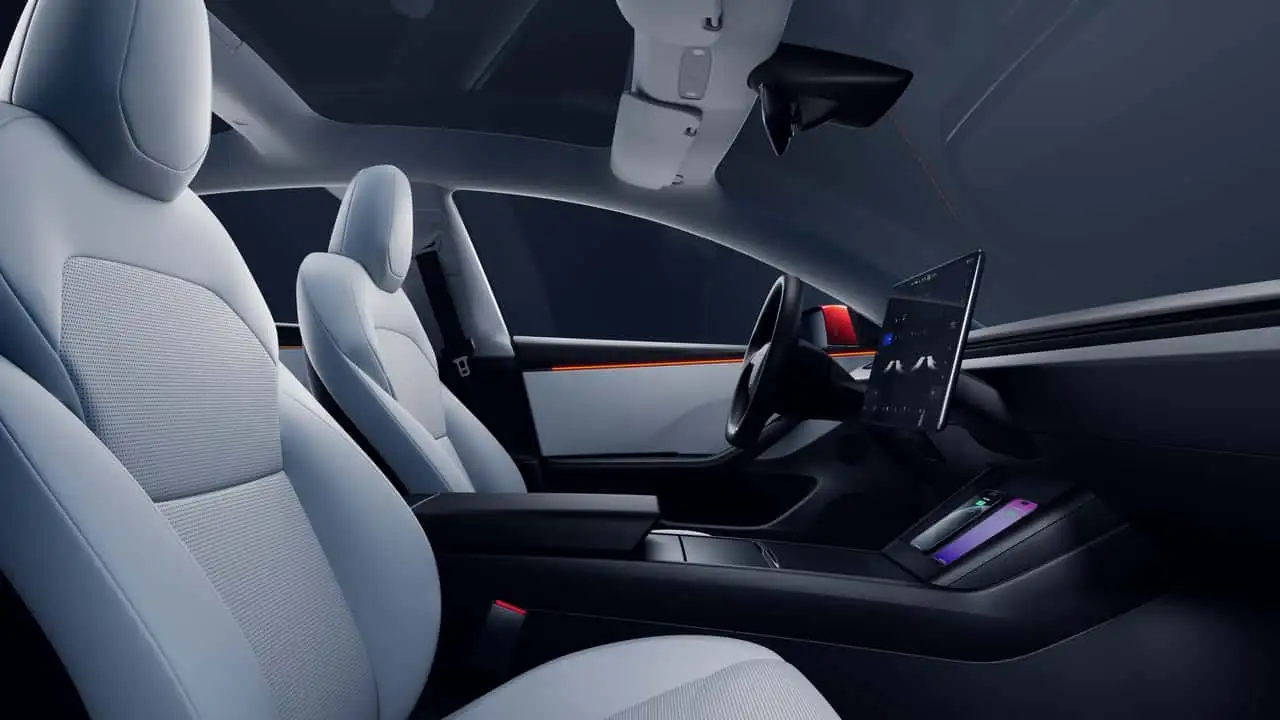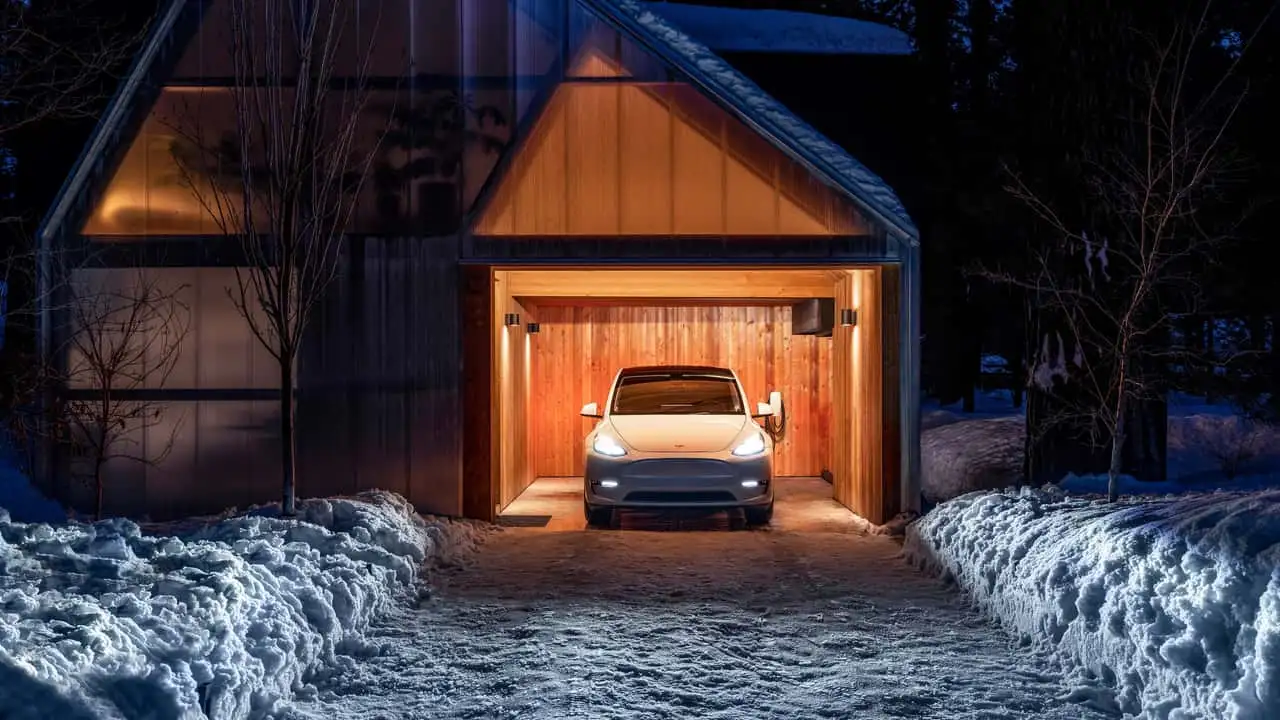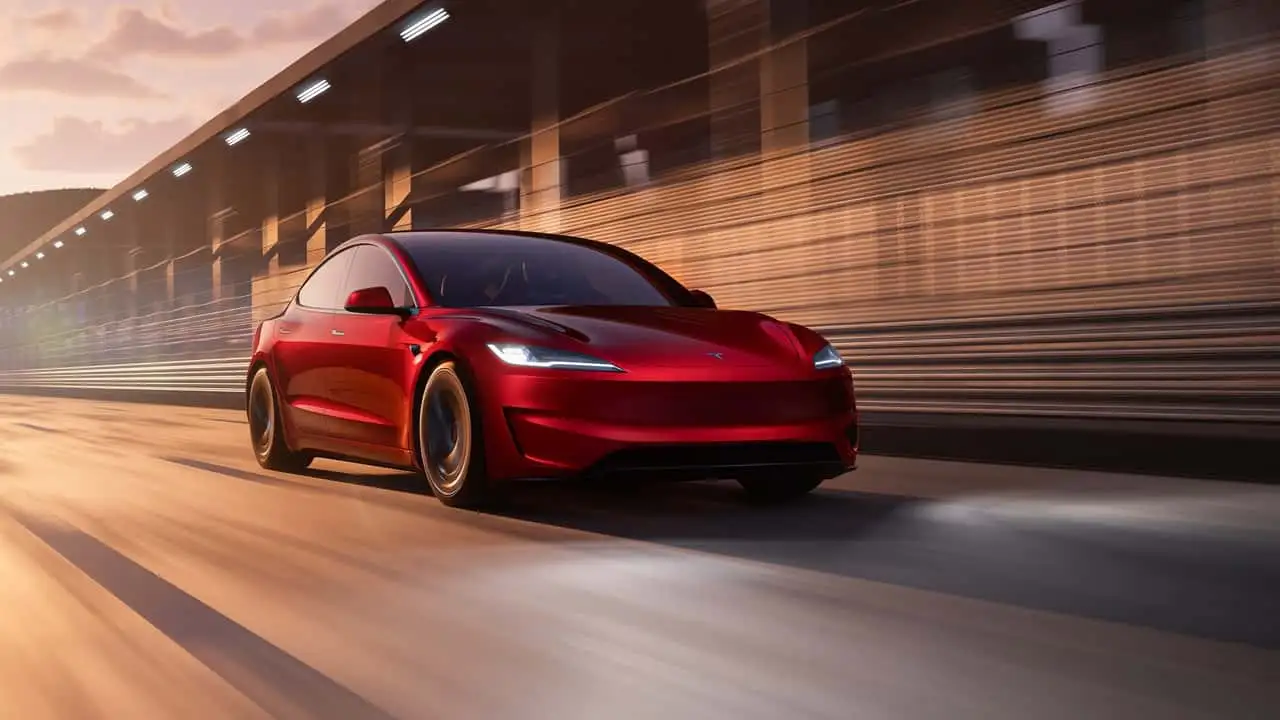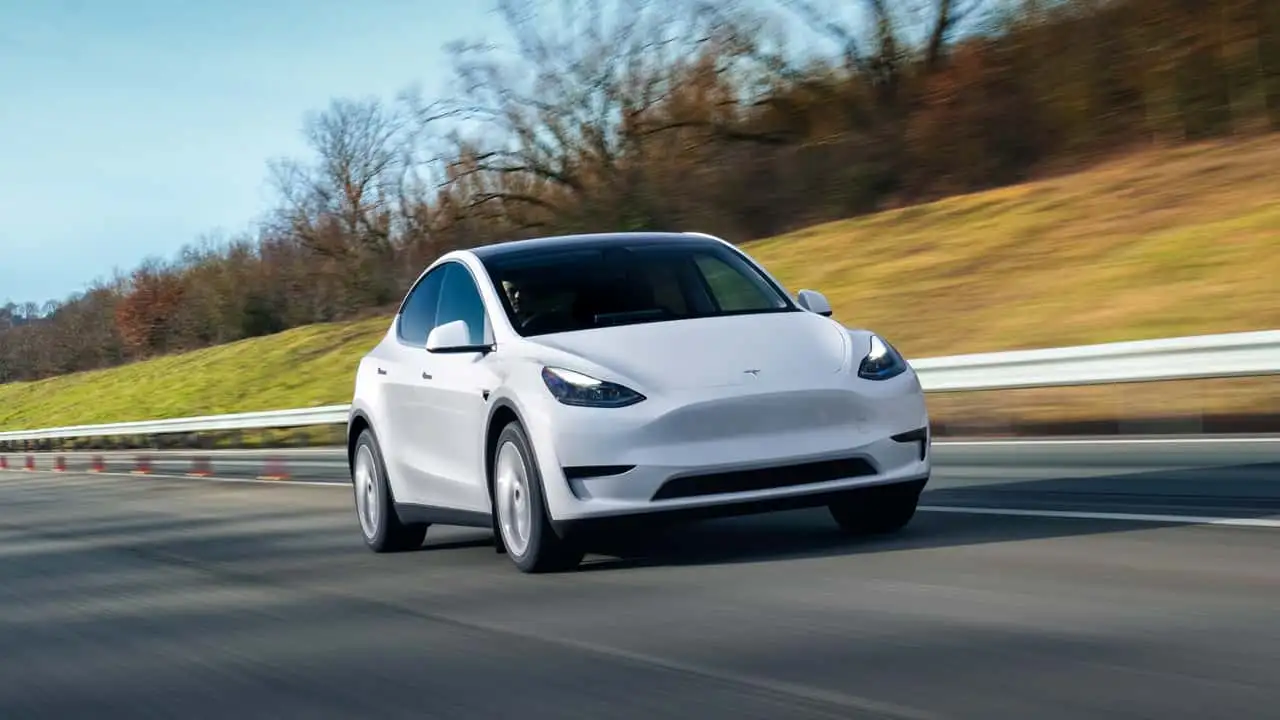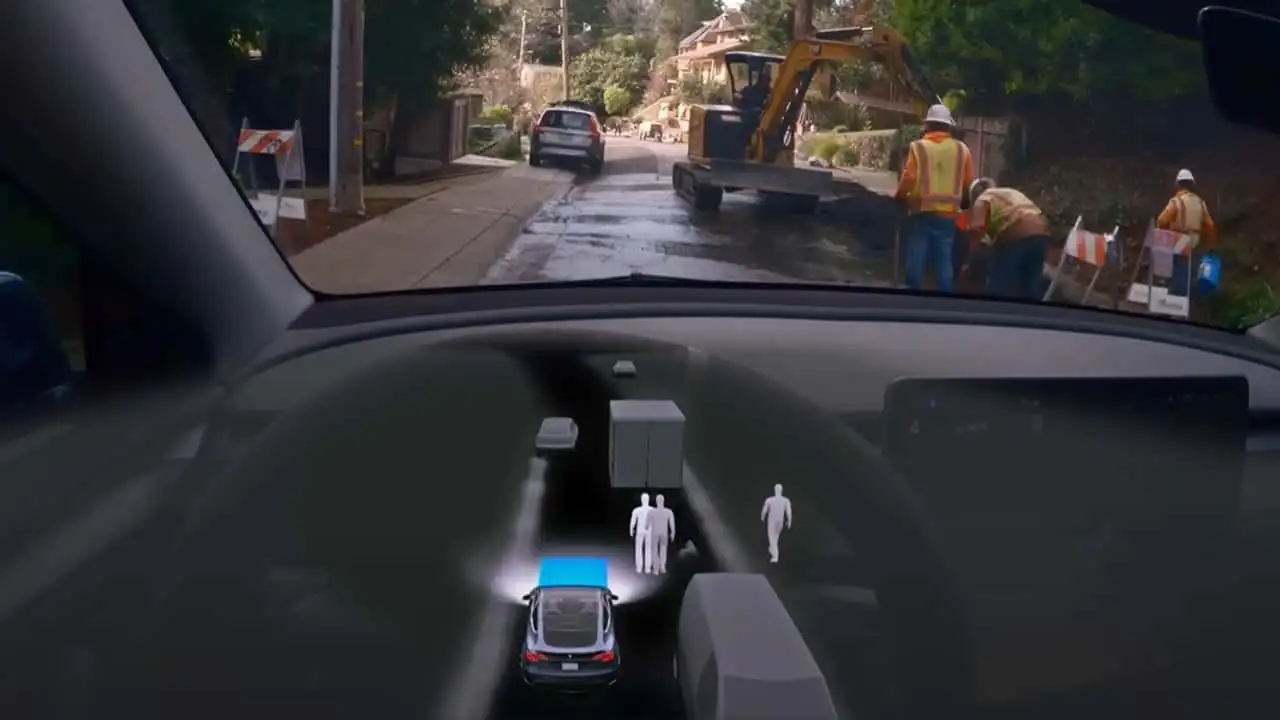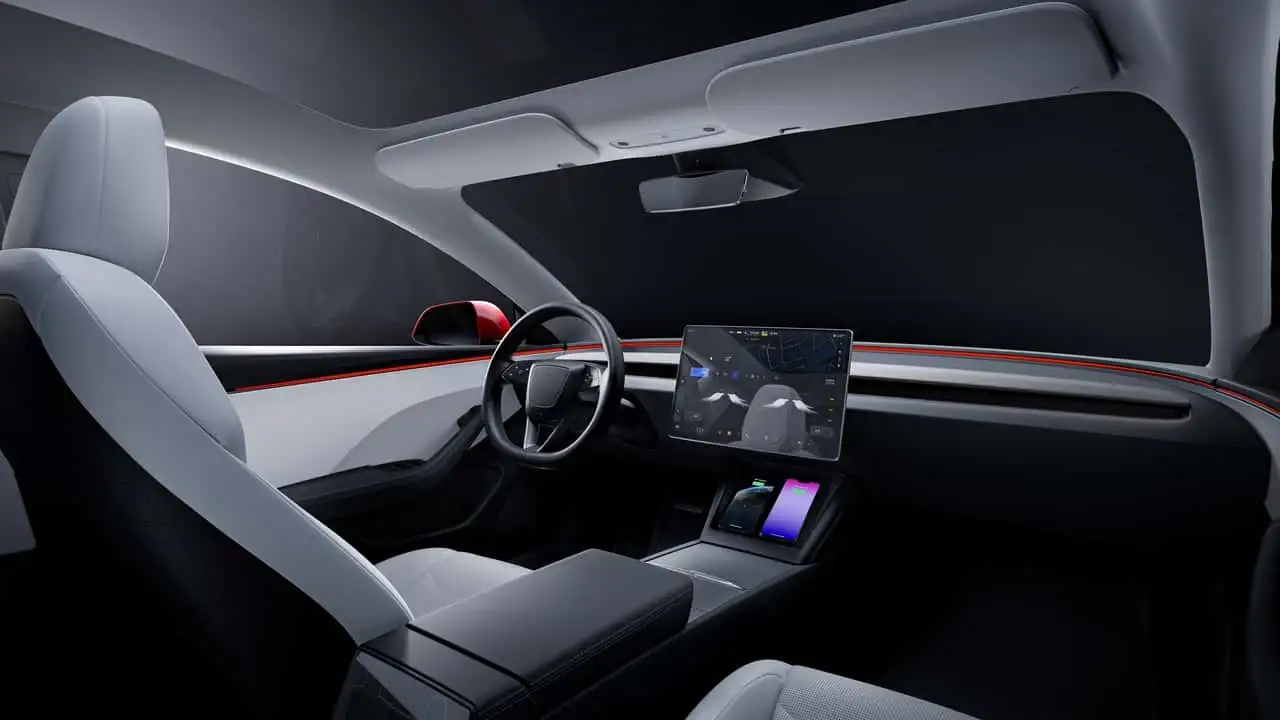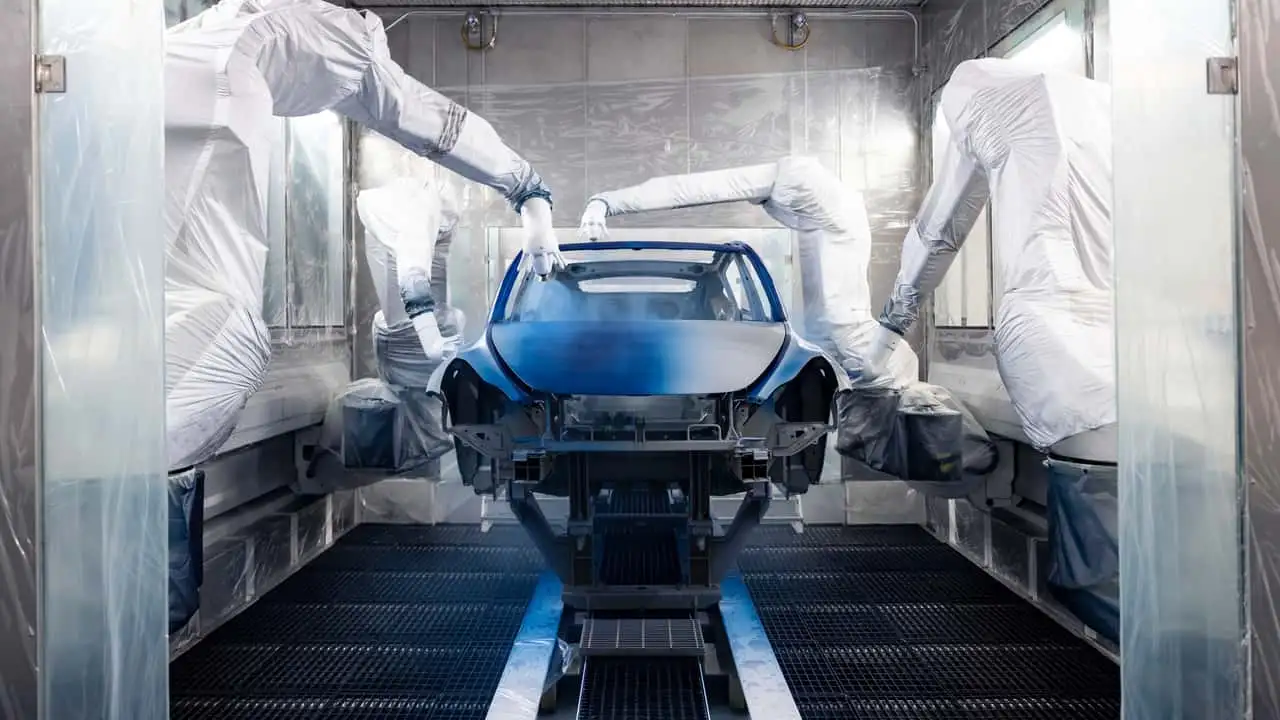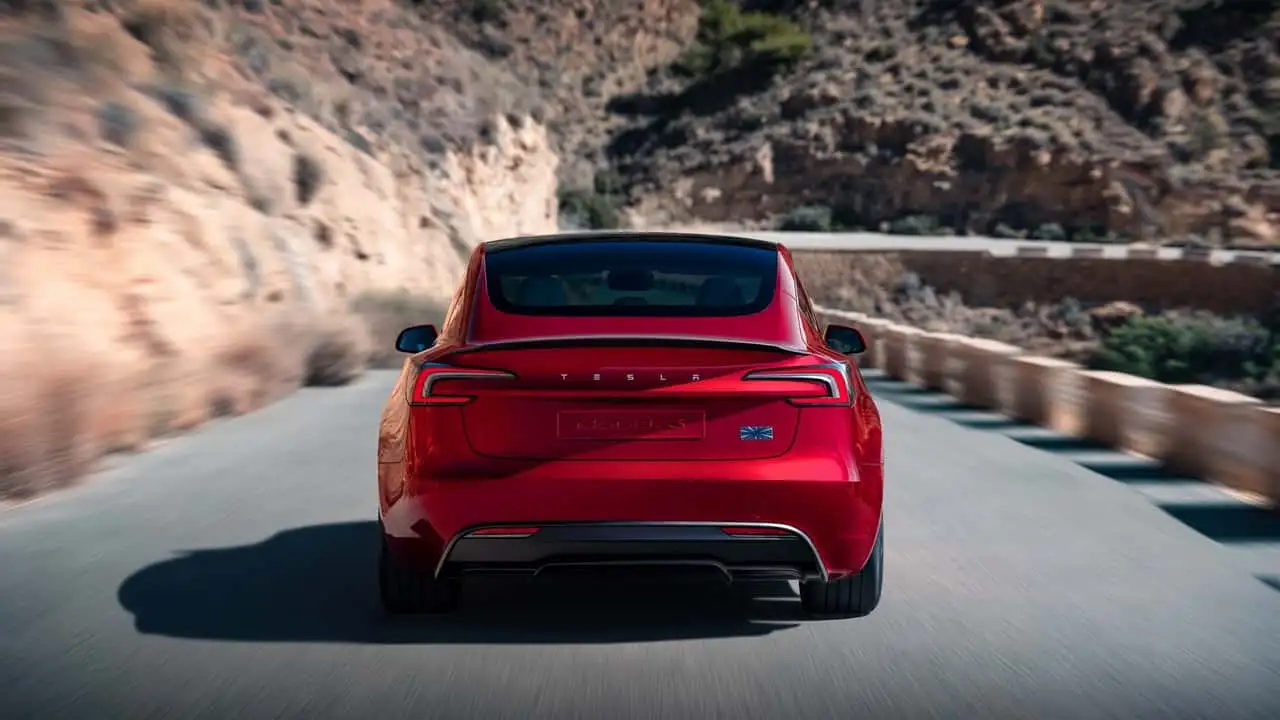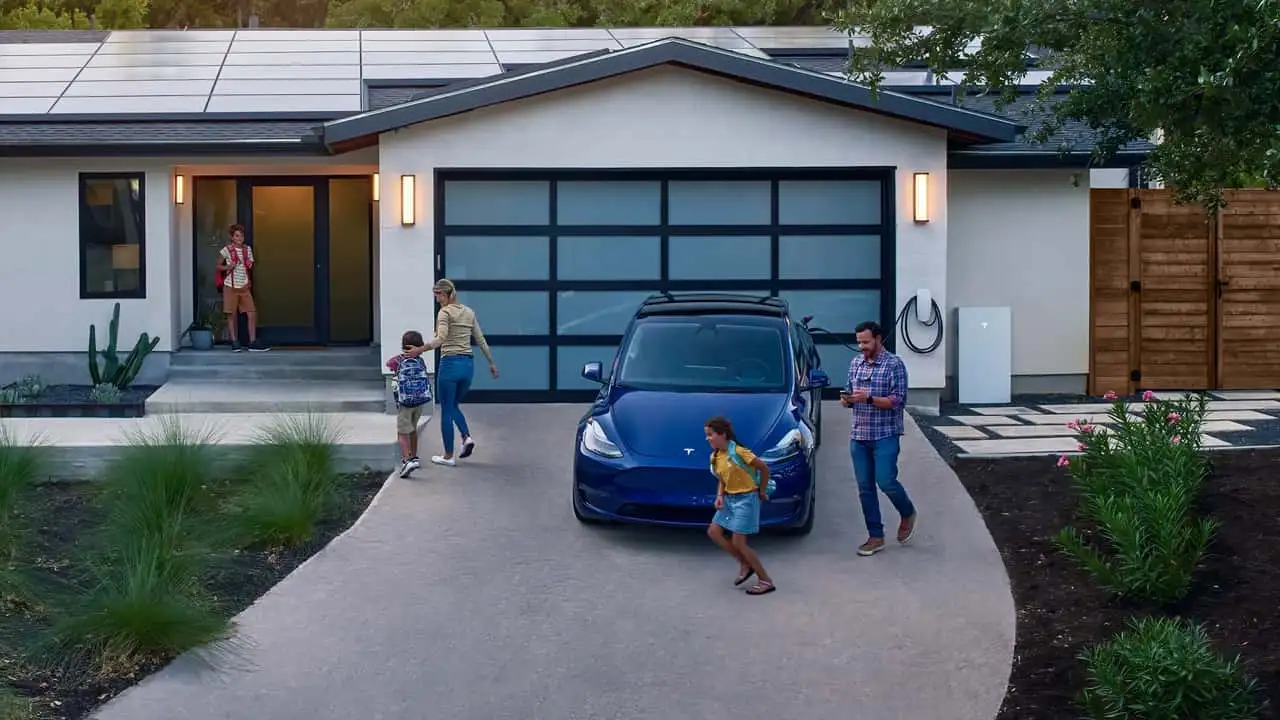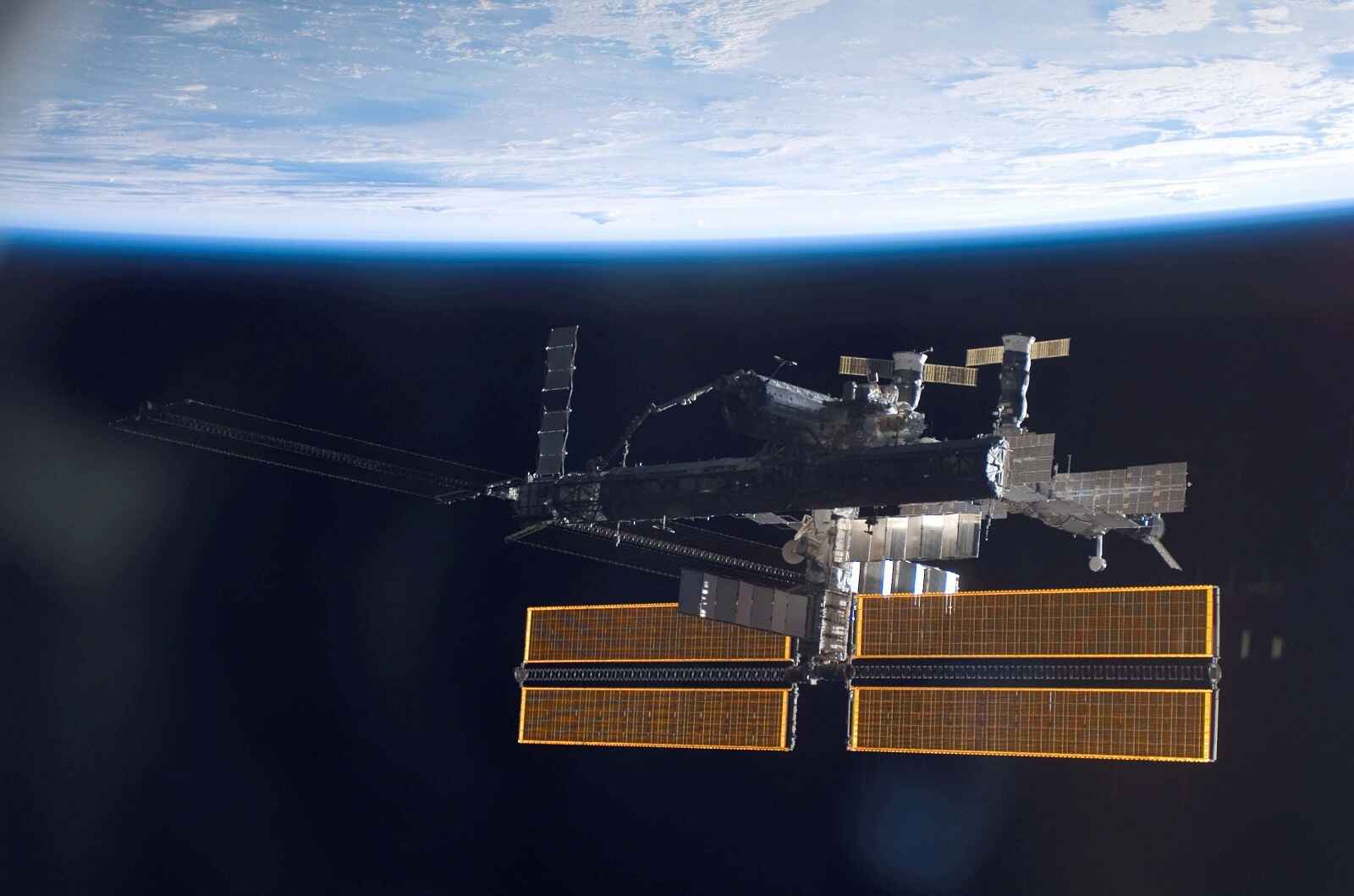Comparing Tesla Model Y and Model 3
Introduction
The Tesla Model Y and Model 3 are among the best-selling electric vehicles on the market. With the recent buzz surrounding the Tesla Cybertruck, it’s easy to overlook the impressive technology, range, and performance that the Model 3 and Model Y offer. Both vehicles have their unique strengths, making it essential to compare them to determine which one best suits your needs.
Pricing and Value
Tesla Model 3 vs. Tesla Model Y: Cost Analysis
Recently, the Tesla Model 3 received an update for the 2024 model year, while the Model Y saw a significant price reduction. The Model 3 starts at $38,990, with the Performance model priced at $52,990. On the other hand, the Model Y begins at just $29,420, making it more affordable, especially with eligibility for federal tax credits that further lower its cost.
In comparison, the Model 3 All-Wheel Drive is priced at $47,740. The Model Y Long Range All-Wheel Drive is slightly cheaper at $34,490, with the top-tier Performance model costing $37,990 before additional options. Both models offer various upgrades, including color, wheels, and Full Self-Driving Capability, which costs $8,000 as of April 2024.
Range and Efficiency
Tesla Model 3 vs. Tesla Model Y: Range Capabilities
The Model 3 Long Range All-Wheel Drive variant boasts an impressive range of 341 miles, while the Model Y Long Range All-Wheel Drive offers up to 310 miles. Although these numbers are high, actual range can vary based on factors such as driving conditions, speed, and temperature. The Model 3 Rear-Wheel Drive provides 272 miles, whereas the Model Y Rear-Wheel Drive has a range of 260 miles.
Both models also feature Performance versions with slightly lower ranges due to their high-speed capabilities. The Model 3 Performance AWD has a range of 296 miles, while the Model Y Performance AWD offers 279 miles. These range estimates make both models suitable for long commutes and areas with limited charging infrastructure.
Charging and Performance
Tesla Model 3 vs. Tesla Model Y: Charging Speed and Acceleration
Tesla’s Supercharger network can add 200 miles of range in just 15 minutes, making it convenient for long trips. Both the Model 3 and Model Y benefit from this fast-charging capability, with Superchargers now accessible to non-Tesla EVs as well. In terms of acceleration, the Model 3 Performance AWD is the quickest, achieving 0-60 mph in 2.9 seconds, while the Model Y Performance AWD completes the sprint in 3.5 seconds.
The base Model 3 Rear-Wheel Drive reaches 60 mph in 5.8 seconds, and the Long Range AWD variant takes 4.2 seconds. The Model Y Rear-Wheel Drive takes 6.6 seconds, and the Long Range AWD variant accelerates in 4.8 seconds. These impressive performance figures highlight Tesla’s commitment to delivering high-speed, efficient electric vehicles.
Interior and Build Quality
Tesla Model 3 vs. Tesla Model Y: Interior Features and Build Quality
Tesla interiors are known for their minimalist design, featuring a central touchscreen for all controls and displays. The Model 3 includes heated and ventilated front seats, heated rear seats, a heated steering wheel, and a panoramic glass roof. The Model Y offers similar features but lacks ventilated seats.
Build quality has been a mixed bag for both models, with issues like panel alignment and noise insulation being common complaints. However, the updated Model 3 has shown improvements in these areas, offering better quality control and fewer build issues.
Driving Experience and Comfort
Tesla Model 3 vs. Tesla Model Y: Ride and Handling
The new Model 3 provides a sharp driving experience with a well-tuned suspension that balances comfort and agility. Its low center of gravity, thanks to the floor-mounted batteries, ensures stable handling. Enhanced noise insulation in the 2024 model makes it quieter and more relaxing on highways.
The Model Y, with its higher seating position and spacious interior, offers a comfortable ride but can feel firm at times. Despite this, it remains a practical choice for families needing extra space. The Model Y’s handling is competent, with responsive steering and braking, though it lacks some of the Model 3’s noise insulation improvements.
Conclusion
The Tesla Model 3 and Model Y cater to different needs but share many strengths. The Model 3, with its recent updates and improved quality, is a more refined choice. However, the Model Y’s spacious interior and lower price make it an attractive option for families. Ultimately, both models provide excellent range, performance, and value, solidifying their positions as top choices in the electric vehicle market.

